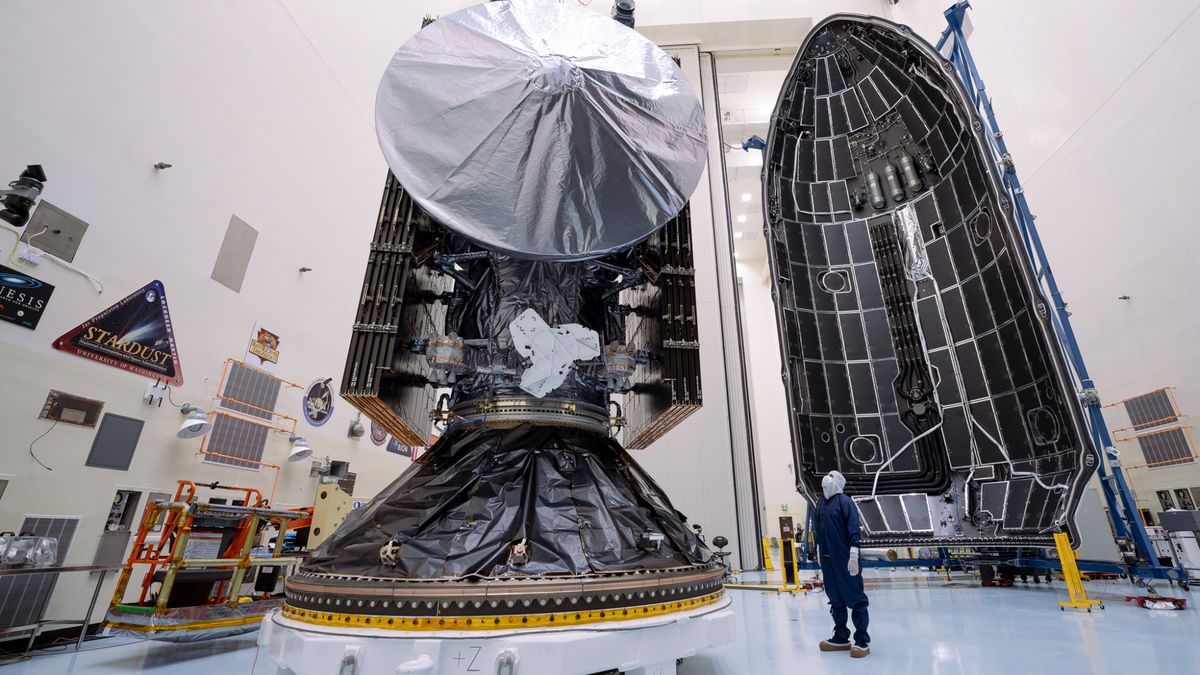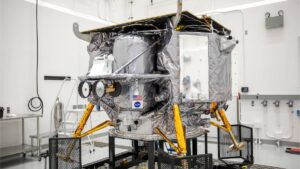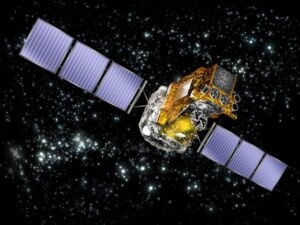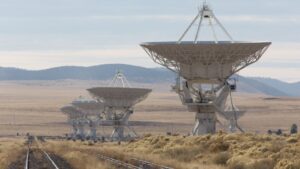NASA’s Europa Clipper mission finally launched today (Oct. 14) from Kennedy Space Center in Florida. When it reaches its destination in 2030, the spacecraft will investigate the Jupiter ocean moon Europa, which is perhaps the best place to search for extraterrestrial life in our solar system.
The road to Clipper’s launch , however, was incredibly rocky — the mission team had to overcome a number of challenges leading up to today’s excitement, from rocket Hurricane Milton
“The months leading up to launch have certainly brought unprecedented challenges, but the team has shown incredible adaptability and determination in overcoming them,” Jorge Coppin-Massanet, a Ph.D. student at Cornell University who has worked with Europa Clipper
The mission’s challenges actually began years ago — in 2019, when NASA’s Jet Propulsion Lab in Southern California (JPL), where the spacecraft was assembled, was short-staffed Space Launch System were ready, engineers had identified a critical problem that could make Europa Clipper incompatible with the SLS: The spacecraft simply wasn’t built to withstand the forces
Related: Europa Clipper: A guide to NASA’s new astrobiology mission
Toward the end of 2020, Congress gave Clipper some flexibility, allowing the mission team to pivot toward SpaceX’s Falcon Heavy rocket Falcon Heavy
More recently, earlier this year, the mission team discovered a possibly critical flaw in the spacecraft’s electronics. A particular set of pieces known as metal oxide semiconductor field-effect transistors, or “MOSFETs,” which are critical for turning on and off power to different parts of the spacecraft, failed some tests for surviving radiation lot of near Jupiter
“The magnetic field and resulting charged particles are intense and dangerous at Jupiter,” Bonnie Buratti, Europa Clipper deputy project scientist at JPL, told Space.com. Jupiter’s ultra-strong magnetic field is a whopping 20,000 times stronger than Earth’s.
The transistor issue originated outside NASA: The company that makes the MOSFETs changed their manufacturing process and produced a batch that didn’t meet the agency’s expected standards. The Clipper team didn’t find that out until it was too late, and the transistors were sealed in the spacecraft’s “vault,” a thick metal case shielding the sensitive electronics.
Thankfully, that vault will help protect those transistors against Jupiter’s radiation environment. After further testing, the team determined that the transistors should still function well enough for the mission to achieve its main goals.
Team members “extensively tested the radiation hardening of all our electronics and their circuits,” Buratti added. “We also spend most of our time far away from the most intense radiation as we orbit Jupiter.”
Europa Clipper’s creative orbit around Jupiter will avoid the worst radiation hot zones most of the time, dipping close to Europa dozens of times
Even when these technical problems were handled, though, things didn’t get easier. In the past few weeks, the team faced a massive hurricane walloping Florida secured Clipper to protect it from the storm’s strong winds
“The response to ensure the safety of both the team and the spacecraft during Hurricane Milton was phenomenal,” Coppin-Massanet concluded.
The team has certainly prepared thoroughly, so now, hopefully Europa Clipper can sail on easily to its destination to uncover the mysteries of Europa’s subsurface ocean.




